The above information aids in determining if it is an original photograph, when the picture was produced, direction of the POV, and other factors in supporting the reconstruction and Biomechanics.
Additionally, we conduct macro photography to be able to capture particle-like material. This could help to obtain details in picture form.
Some examples include: Scratches on wood floors, shoe markings, hand characteristics (scraps and cuts), bullet hole patterns, and other objects.
Photographs hold a plethora of information that is neccesary in determining conclusions. At IRSA, we have the ability to duplicate the lighting and contrast of the site at the time of the accident. Moreover, we can extract metadata from images in order to figure out the time, date, latitude/longitude, camera used, focal length, etc.
On many cases, we have pulled the metadata in order to find out the geographical location, exact time & date the photo was taken, exposure, specific device, and other perinate information- all for the benefit to show if the picture had been modified and the implications of those changes.
We use a variety of software and applications to not only gather and fully comprehend what is seen in a picture, but to also determine if a photo was altered.
We are frequently asked to review and detect characteristics of an image to ensure the validity of that photograph. The above analysis is an important function to exacute because it may be a deciding factor or contributor in the reconstruction stages of a case .





